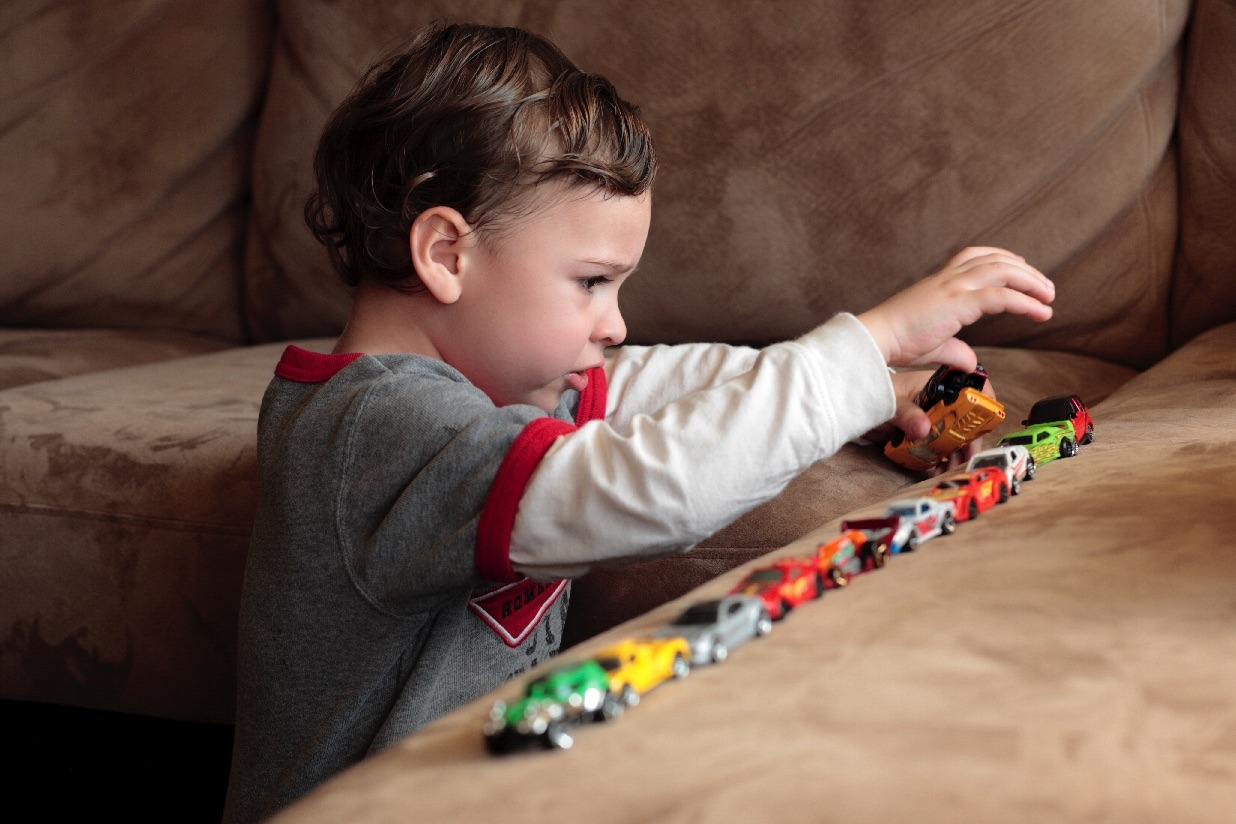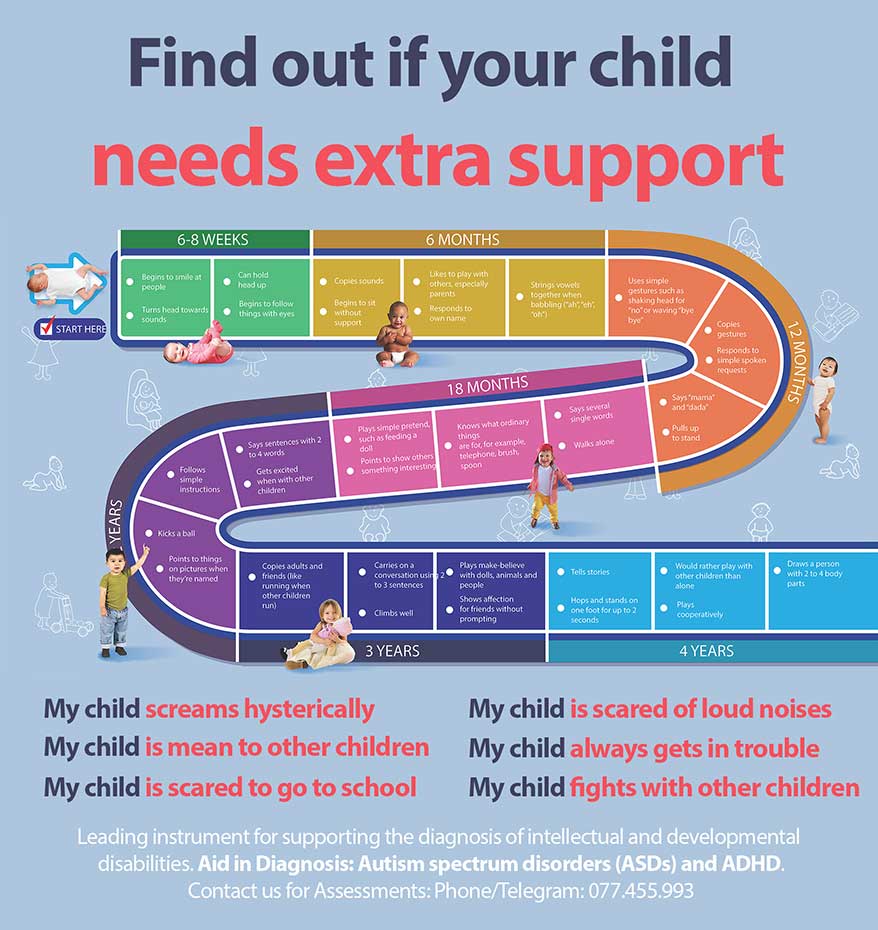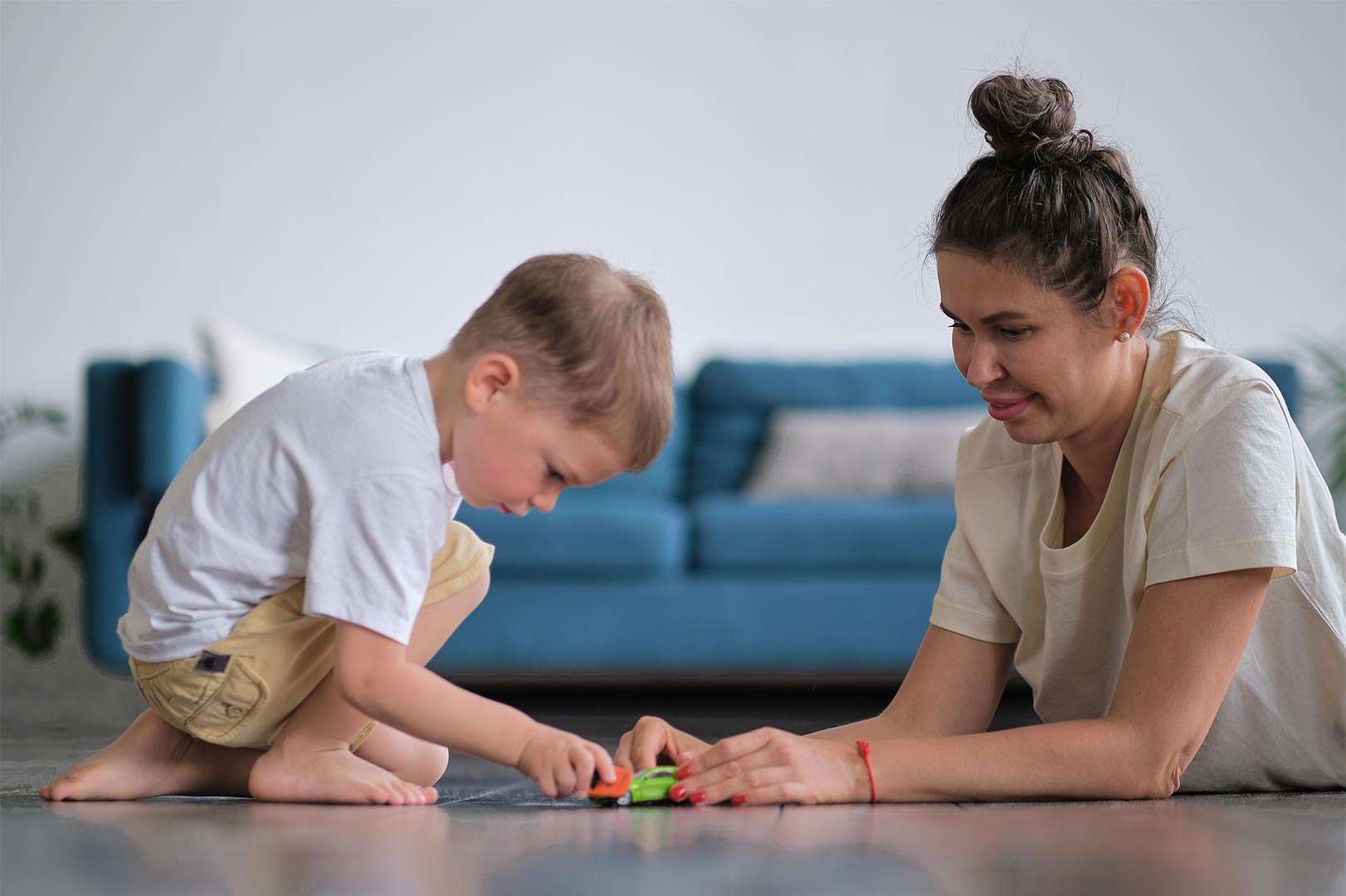Children at play are a sight to behold, their imaginations and creativity painting unique stories across blocks, dolls, and toy cars. One common play pattern observed across a wide range of developmental stages is the act of lining up toys. Rows of neatly arranged cars, stacks of meticulously sorted blocks, and armies of plushies standing shoulder-to-shoulder – these orderly formations can spark curiosity in observers.
From Play to Cognition: While lining up toys might seem like a simple act, it can offer valuable insights into a child’s cognitive development. Sorting, categorizing, and arranging objects are fundamental skills for building spatial reasoning, pattern recognition, and early mathematical concepts. Children with a strong tendency towards lining up might be demonstrating a natural inclination towards order and organization, skills that can prove beneficial in various facets of life.
Beyond Autism: It’s important to note that lining up toys is not solely associated with Autism Spectrum Disorder (ASD). Though research suggests higher prevalence of this play pattern in autistic individuals, it’s crucial to avoid misinterpreting such behavior as a diagnostic indicator. Many typically developing children also enjoy creating orderly arrangements with their toys, driven by curiosity, exploration, and a sense of accomplishment.
Understanding the Why: So, what motivates children to line up their toys? Several possibilities exist:
- Creating Order: As mentioned earlier, the act of lining up can bring a sense of order and predictability to an often-unpredictable world. This can be particularly appealing to children who find comfort in structure and routine.
- Sensory Exploration: The tactile qualities of toys, their textures, shapes, and sizes, can be fascinating to explore. Lining them up allows children to compare and contrast these sensory features, enhancing their understanding of the world around them.
- Categorization and Counting: Arranging objects based on shared characteristics or in numerical order fosters cognitive development. By lining up toys, children practice sorting, grouping, and even counting, laying the groundwork for future mathematical reasoning.
- Imaginative Play: While some view lining up as purely repetitive behavior, it can also spark imaginative narratives. A line of cars might become a racing track, a row of blocks a towering castle, and stuffed animals lined up in pairs could transform into a dance party.
Supporting Play, Beyond the Lines: As adults, our role is to support and observe children’s play without imposing limitations. If a child finds joy in lining up their toys, let them! This repetitive play provides valuable learning opportunities. Instead of disrupting the lines, consider joining in: ask questions about their sorting criteria, build upon their existing structures, or introduce new toys to expand their imaginative play.
Remember, every child plays differently, and lining up toys is just one piece of the complex puzzle that is childhood development. By approaching this play pattern with curiosity and understanding, we can gain valuable insights into a child’s unique cognitive processes and provide opportunities for further learning and exploration.
Find out if your child needs extra support today!
- My child screams hysterically
- My child is mean to other children
- My child is always worried
- My child is scared to go to school
- My child is scared of loud noises
- My child doesn’t know how to read
- My child is scared to play outside
- My child does not respond to his name
- My child always gets in trouble
- My child fights with other children
- My child doesn’t know how to count
If you are concerned about your child’s development, contact us for Assessments: Phone/Telegram: 077.455.993 – Telegram Link: https://t.me/OrbRom
If you are concerned about your child’s development, contact us for Assessments.
Phone/Telegram: 077.455.993 Link: https://t.me/OrbRom






Leave A Comment